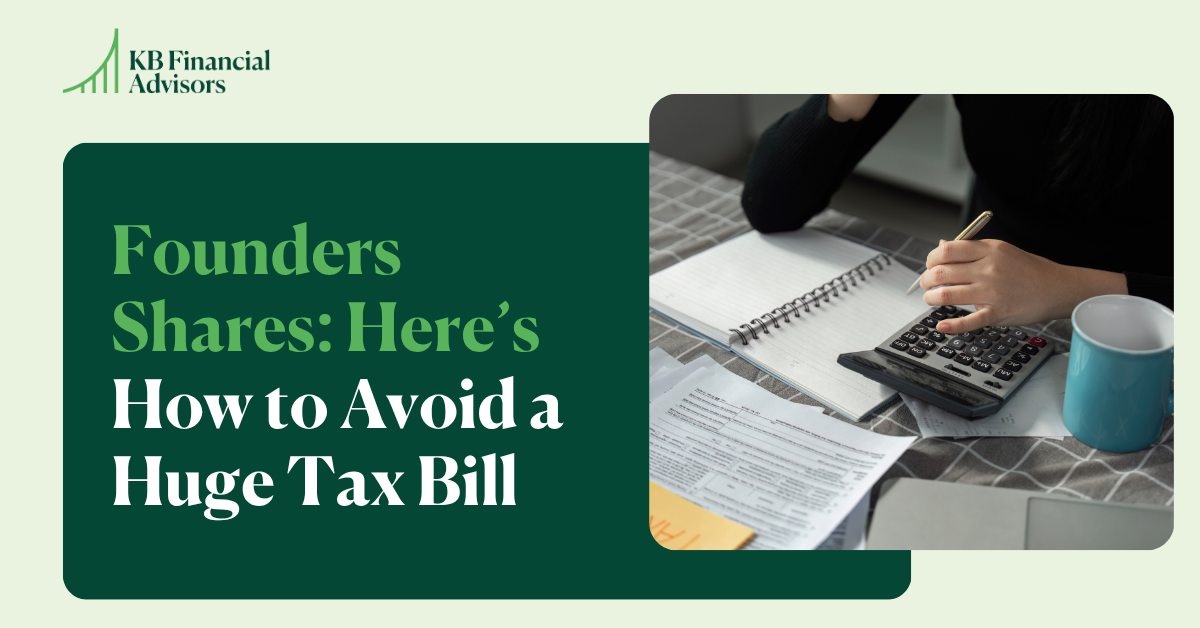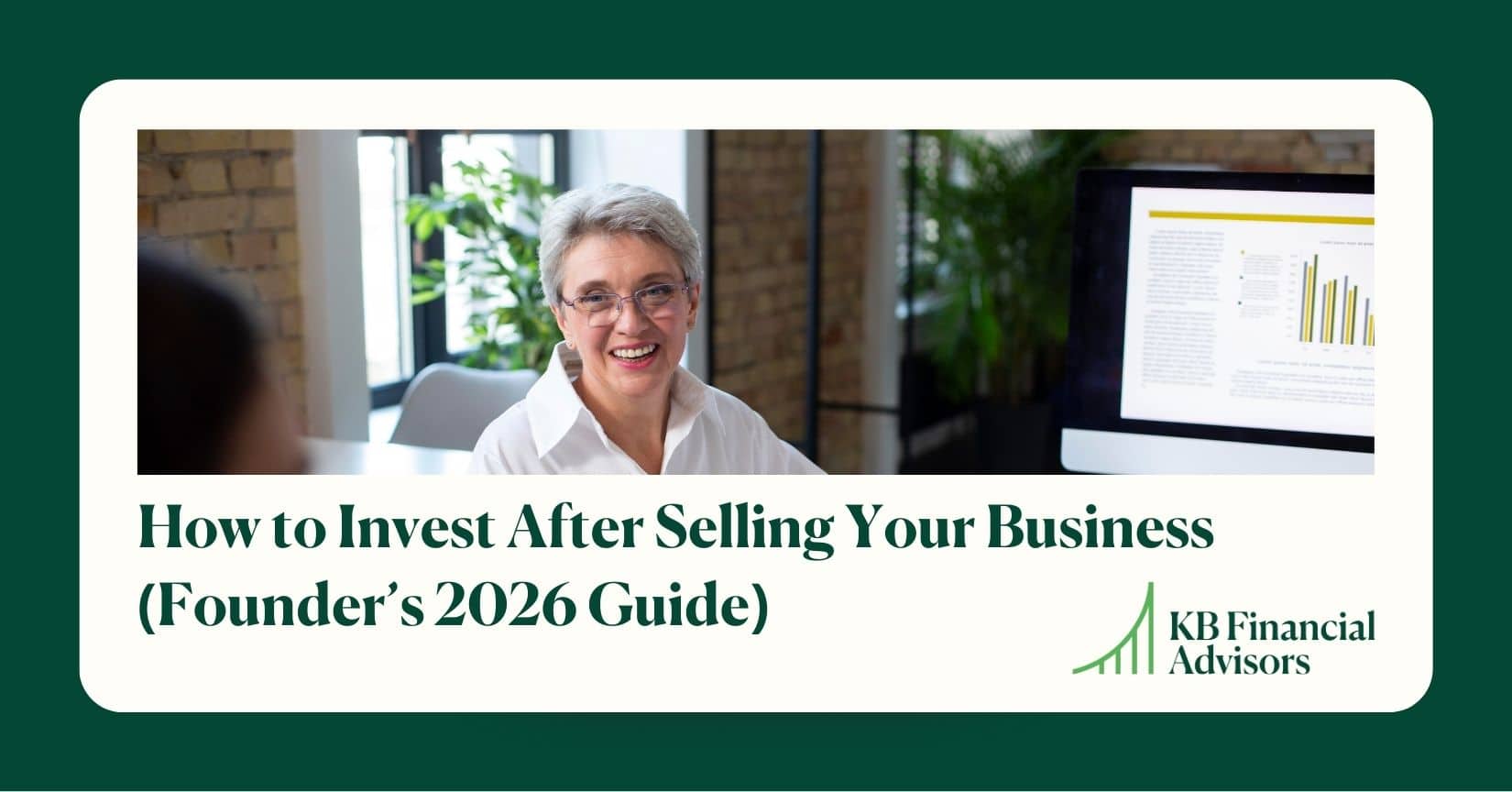Founders share tax can be confusing, and tax mistakes are very expensive. This guide explains how to avoid a massive tax bill if you’re a founder selling shares before your company’s IPO.
More founders are taking their companies public while owning smaller stakes than in the past. In recent IPOs, founders held an average of just 7% equity, less than half of what tech founders typically owned a decade ago.
Why the drop?
Companies are choosing to stay private longer instead of going public.
Sometimes, they want to stay private longer and do more private fundraising rounds so they can have a higher valuation when they go for an IPO. Other times, they use things like tender offers to sell their shares to private parties before they’re available to the public.
The lesson? Whether you’re planning private fundraising, tender offers, or a future IPO, you must plan and prepare for multiple selling events as a founder.
In this article, I’ll go over how to do it.
What are Founders Shares?
“Founders shares” isn’t an official tax term… so don’t worry about adding more words to your financial vocabulary. They’re basically just the “shares” issued at the very beginning when a company is founded, before any outside investors are brought in.

For example, let’s say you were one of three people who founded a company, and each person put in $500 upfront. In exchange, you received 5 million shares, since each share only cost $0.0001. If all three partners are equal, the company is “worth” $1,500 in the beginning, and everyone “owns” ⅓ of the company because each own 5,000,000 of the 15,000,000 total shares.
Selling Founders Shares
The math behind selling your founders shares is usually pretty simple.
Let’s say in your Series C round of fundraising, you decide to sell 25% of your shares at £6.25 per share.
- Shares sold: 25% of 5,000,000 = 1,250,000
- Sale value: 1,250,000 × £6.25 = £7,812,500
A great payday… but it also brings significant tax considerations.
Founders Share Tax
When you sell your founders shares, you’ll usually have to pay both federal and state taxes on that income.
Most states, including California, treat this as ordinary income, just like your salary. That means state income tax applies at your normal rate.
The federal government, on the other hand, treats long-term capital gains differently from ordinary income tax. The rates are lower than what you’d pay on a normal salary. #ThankGoodness (Your founders shares will qualify as long-term capital gains if you’ve had them for more than a year before you sell.)
Typically, federal taxes for long-term capital gains are around 20%, with a net investment income tax of 3.8%, making your federal tax bill about 23.8% of what you earn by selling your founders shares.
Founders Share Tax… You Can Avoid Long-Term Capital Gains Tax
Section 1202 of the IRS tax code excludes QSBS (qualified small business stock) from long-term capital gains tax.
To be considered QSBS, your shares have to have been held by you for at least five years.
So, if we used the example above, selling 25% of your shares at a $7,812,500 payout would generate a long-term capital gains tax bill of $1,859,256 due to the IRS. But if your stock meets QSBS standards, you can avoid it. (Or keep that five-year date in mind for future sales.)
But what if you haven’t been in business for five years yet and you REALLY want to sell some of your shares?
Section 1045 of the IRS tax code lets you roll over your gain from the sell of your founders shares into a new investment of QSBS, if you reinvest the money within 60 days. Basically, you could go ahead and sell your shares, and then reinvest that money into another company that’s small business that meets the QSBS guidelines to avoid the large tax bill. Then, after the five-year mark has passed, you can sell those shares and earn that income without having to pay the long-term capital gains tax.
The really good news is, your money doesn’t have to sit in that new company for five whole years. The five-year mark counts when you add together the time you held those shares in your company and in the new company.
So let’s say your company was four years old when you sell 25% of your shares. Reinvest within 60 days, hold the new QSBS investment for one more year, and you’ll qualify for the full five-year exclusion.
Is a Section 1045 Rollover Always a Good Idea?
Not necessarily. A 1045 rollover can save you taxes, but it’s not always the smartest financial decision.
Selling your shares before an IPO is an incredibly unique opportunity: the wealth you created by founding your company is now worth REAL dollars you can put in your bank account and start building more wealth on. Rolling that money over and tying it up in another company just to get QSBS tax benefits prevents you from doing this.
As a rule of thumb, I wouldn’t do a Section 1045 Rollover if this is the first time you’ve sold founders shares, or if your liquid net worth is less than $10 million.
Founders Share Tax: Paying Your Tax Bill
So, let’s say you’ve sold your founders shares, you’re not going to do a Section 1045 rollover, and you don’t qualify for QSBS because your business is less than five years old.
You’ve got to pay the tax bill, my friend. And your estimated federal tax on that sale is $1,859,256. You’ll need to plan to pay that money next April when your tax bill comes due.
But first things first, you’ll need to make sure you won’t get hit with an underpayment penalty. To do this, ensure your withholdings + estimated payments equal at least 110% of last year’s tax liability. If not, make an additional estimated payment now. (It’s best to work with a tax professional to figure this out.)
After that, set aside the remainder of the $1,859,256 you’ll owe and put it into a high-yield savings account or a short-term bond fund. (I like to recommend parking funds for a tax payment in the DFA One-Year Fixed Income Fund, which may provide a higher rate of return than a typical savings account.)
Then, come April, pull that money out and pay your tax bill with it.
Selling Founders Shares Early: Will You Do It?
If you think it would be a good idea to follow suit of the companies that IPO’d in 2019 and sell more of your founders shares before going public, you’re in good company.
It can be a great strategy for personal wealth development, and lets you keep your company private longer, letting you up the value of it before the IPO.
If this is something you’re considering, or something you’ve already got planned, get in touch using the button below to book a call to talk about getting the most of the sale, and keeping your tax bill as reasonable as possible.



